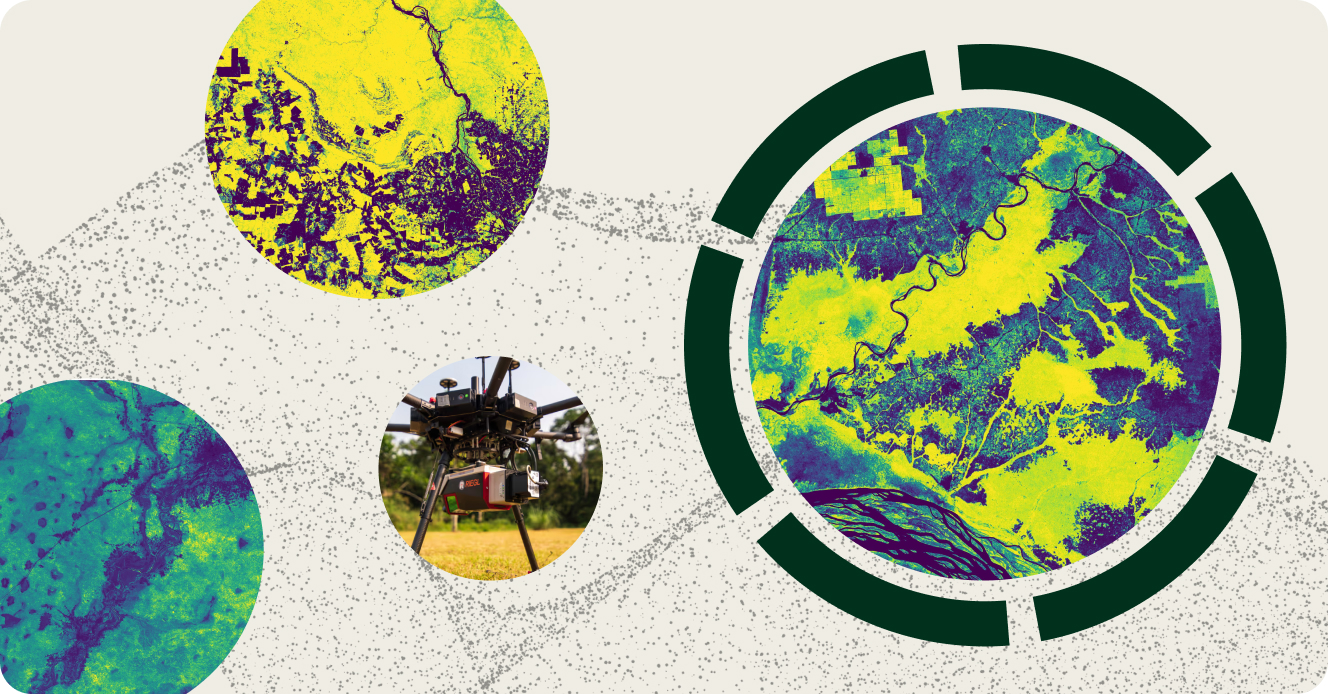"Ao longo dos anos, investimos significativamente em nossa equipe de dados de campo, com foco na produção de classificações confiáveis. Embora isso garanta a precisão de nossas classificações, não permite a escala dos milhares de projetos que os compradores estão considerando."
Para obter mais informações sobre as tendências de aquisição de créditos de carbono, leia nosso artigo"Key Takeaways for 2025". Compartilhamos cinco dicas baseadas em dados para aprimorar sua estratégia de aquisição.

Mais uma coisa: os clientes do Connect to Supply também têm acesso ao restante das ferramentas da Sylvera. Isso significa que você pode ver facilmente as classificações dos projetos e avaliar os pontos fortes de um projeto individual, adquirir créditos de carbono de qualidade e até mesmo monitorar a atividade do projeto (especialmente se você investiu no estágio de pré-emissão).
Agende uma demonstração gratuita do Sylvera para ver os recursos de compras e relatórios da nossa plataforma em ação.
Sylvera tem o orgulho de patrocinar o novo relatório da Trove Research sobre as tendências de investimento nos mercados de crédito de carbono, que é a primeira análise dos fluxos de capital no mercado voluntário de carbono.(Relatório completo aqui).
A compra de créditos de carbono, que financia projetos em todo o mundo, como a proteção de florestas tropicais contra o desmatamento ou o fornecimento de fogões de cozinha limpos, é uma das formas mais estabelecidas e escalonáveis de canalizar o financiamento para resultados climáticos eficazes. Embora os mercados voluntários de carbono tenham experimentado um crescimento explosivo nos últimos anos, o suprimento atual de créditos de carbono de alta qualidade não é suficiente para atingir nossas metas globais de zero líquido. Parte deste relatório examina o investimento em projetos em estágio inicial, um esforço para reforçar o fornecimento de créditos de alta qualidade no futuro, dando aos compradores e investidores mais confiança em seu impacto climático real. Sylvera se refere a esses projetos como projetos de pré-emissão e identificou o investimento em pré-emissão como uma tendência crescente entre os compradores proativos.
{{cta-component}}
O relatório baseia-se em uma análise de pesquisas realizadas por participantes do mercado, dados de fonte aberta sobre aumentos de capital e modelos de investimento conduzidos pela equipe da Trove Research.
Principais conclusões
- O investimento em projetos de crédito de carbono entre 2012 e 2022 totaliza US$ 36 bilhões.
- Mais de 80% desse financiamento é direcionado a projetos baseados na natureza, como florestamento/reflorestamento, melhor gerenciamento de florestas e redução de emissões por desmatamento e degradação florestal.
- Um terço desses compromissos financeiros (US$ 5,2 bilhões desde 2021) foi assumido por corporações globais - incluindo cerca de 40 a 50 das maiores empresas do mundo - investindo junto com desenvolvedores de projetos para garantir o acesso de longo prazo a créditos de carbono.
- Desde 2020, mais de 1.500 novos projetos de crédito de carbono foram desenvolvidos e registrados nos cinco principais registros de carbono. Esses 1.500 novos projetos poderiam economizar até 300 milhões de toneladas de CO2 por ano, ou aproximadamente o mesmo que as emissões anuais do Reino Unido.
- A taxa atual de investimento em projetos de crédito de carbono é apenas um terço do nível necessário para fornecer o volume de créditos exigido até 2030 de acordo com a meta de 1,5 grau Celsius.

Para saber mais sobre como Sylvera pode ajudá-lo a navegar pelo investimento em projetos de carbono de emissão e pré-emissão, agende uma demonstração.
Metodologia
A análise considera tanto o capital levantado/comprometido em nível de fundo quanto o capital investido diretamente em projetos de crédito de carbono.
A análise se concentra nos investimentos feitos entre 2012 e 2020 e entre 2020 e 2023.
Os dados foram obtidos de três fontes principais: (i) uma pesquisa com participantes do mercado realizada em abril e maio de 2023, (ii) análise de mais de 400 anúncios públicos de aumentos de capital para fundos de baixo carbono e (iii) investimento modelado para mais de 7.000 projetos, tanto registrados quanto em desenvolvimento.















